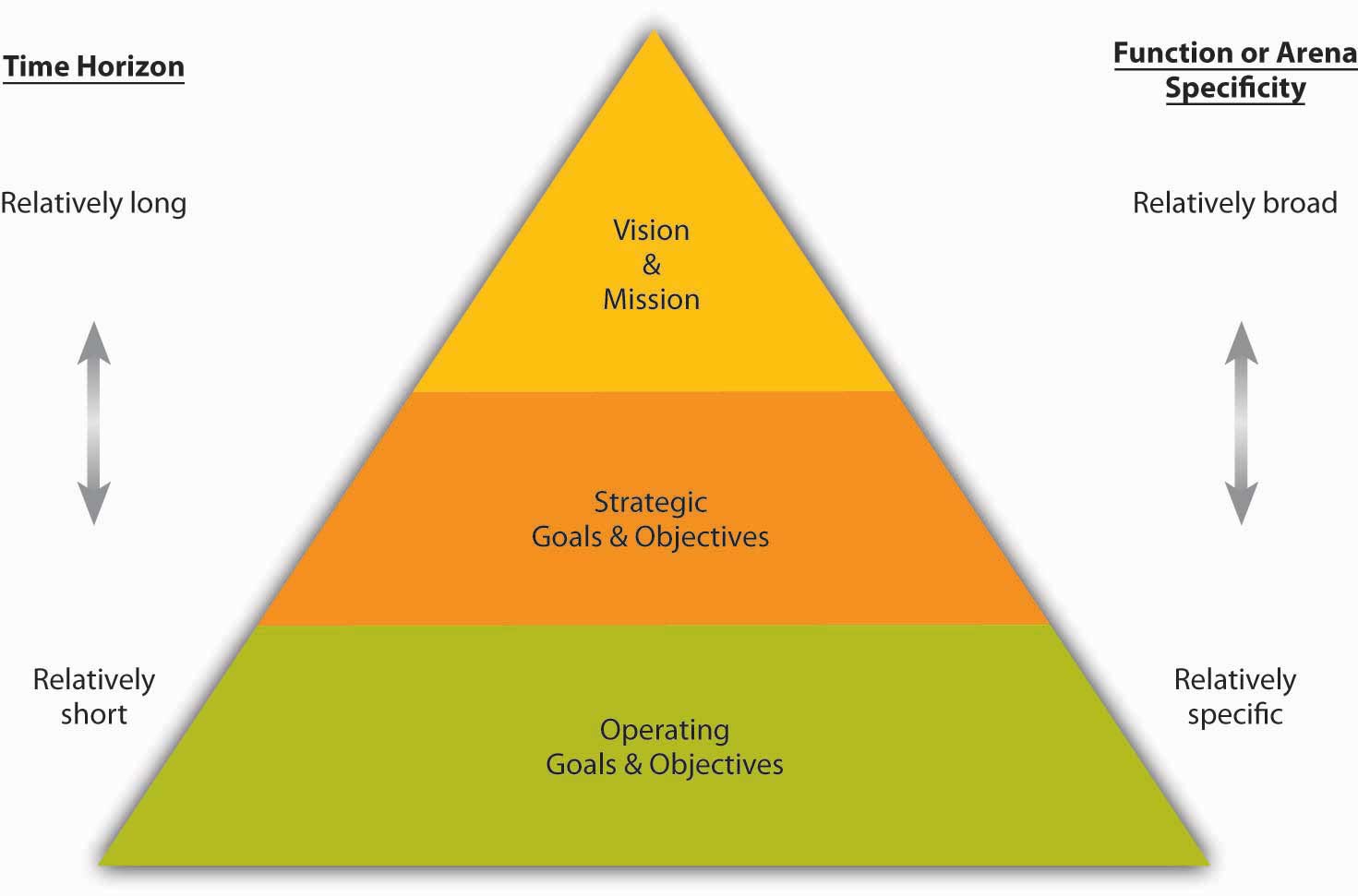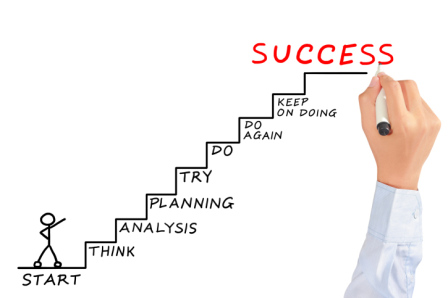Achieving Goals Through Structure and Consistency
Focusing Your Efforts
Billy idolized Elon Musk and wanted nothing more than to change the world through new technologies. However, as a recent college graduate, he felt lost on where to begin. After some reflection, Billy decided the first step was to break down his lofty goals into manageable daily tasks. He started each morning by identifying three specific activities that would move him closer to his long term visions. For example, on Monday it may be researching emerging tech startups, connecting with local engineers on Tuesday, and revising his business plan on Wednesday. By keeping focused on individual meaningful actions each day instead of huge milestones, Billy was able to make steady progress. Within a few months, he had connected with like-minded founders, visited several startups for insight, drafted blueprints for his first invention, and saved enough to incorporate his company. Maintaining structure and concentrating on the process, not just results, allowed Billy’s vision to transform from a pipe dream into reality.
Assembling the Right Team
Now that Billy had taken the initial steps to launch his technology firm, it was time to assemble a talented group of collaborators. While he enjoyed tinkering in his garage workshop, he knew the company’s vision was too grand for one person alone. Billy began reaching out to his university and startup contacts, searching for individuals with complementary talents. After several interviews, three engineers and a business development expert expressed interest in the venture. Billy scheduled workshops where the team could brainstorm solutions to tech challenges while getting to know each other’s work styles. They focused the sessions on learning from each other rather than criticisms, fostering creativity over perfection. Within a few meetings, the founders had developed a rapid prototype for an artificial intelligence assistant with broad applications.
Testing Early Concepts
Eager to validate their initial ideas, the founders organized user testing for their AI prototype. They started by inviting friends and family to interact with the digital assistant, carefully observing what functions were intuitive or confounding. Users’ constructive criticism helped the engineers identify areas for improvement, such as simplifying voice commands and expanding the database of supported queries. Next, Billy’s team expanded testing to tech enthusiasts in local meetups and online forums. While some interactions uncovered new bugs, the founders were thrilled to receive positive feedback from strangers. Commenters praised the system’s natural language processing and ability to complete multi-step tasks. Encouraged by early adopters’ responses, the founders decided to conduct a public beta launch of their AI on leading app stores and Github.
Iterating Based on Feedback
Once their AI assistant beta went live, the founders closely monitored usage data and user reviews for insights. They were pleased to see over 500 downloads in the first week but noticed many weren’t completing full conversations. Reviewing conversations revealed the need to simplify vocabulary for mainstream audiences. Engineers got to work enhancing dictionary definitions and more common phrasing in responses. Other feedback called for expanding the AI’s knowledge domains and skills. The team used this as an opportunity to research emerging industry sectors like healthcare, finance and education ripe for conversational assistants. They updated the database with content to serve niche professional communities while maintaining breadth of general topics. Revisions based on launch feedback helped enhance both usability and perceived value for a wider range of demographics.
Expanding Distribution Channels
Positive reception to the initial beta encouraged the founders to investigate distributing their AI system through additional platforms. They realized integrating with widely-used productivity and collaboration tools could unlock a massive new user base. The engineering team got to work developing versions compatible with popular cloud-based services, calendars, and communications apps. In parallel, Billy focused on pitching technology journalists and analysts. He emphasized how their AI was purpose-built for optimized functionality within digital work environments. Articles in tech blogs and trade publications raised visibility, with some calling it one of the “Top 10 AI assistants to boost team productivity.” New distribution points through targeted apps and positive press generated thousands of new trial users within months.
Monetizing Through Enterprise Offerings
With their consumer-facing assistant gaining traction, the founders began exploring professional and commercial applications. They noticed many large companies were interested in integrating customizable AI into internal systems and customer-facing services. To meet enterprise needs, the founders developed a suite of business-grade features around security, custom skill libraries, and scalable hosting.
This included advanced controls for IT admins, dedicated support, and flexible licensing models. They also created a consultative sales team to handle large deals. The upgraded offering filled a need - within the first year, dozens of F500 firms signed on as customers across industries like technology, healthcare, and telecom. Monetization through direct enterprise sales and customized solutions transformed the founders’ startup into a self-sustaining business.
Continuing Innovation Through Acquisitions
Even as their core AI assistant found product-market fit, the founders remained committed to innovation. They sought opportunities to enhance capabilities through strategic acquisitions of complementary startups. One such purchase was a computer vision firm specializing in object detection and image analysis. Integrating this technology allowed the founders’ system to gain new multimodal skills around photo search and tagging. It could now answer visual queries like “What types of plants are in this picture?” or enable image-based shopping searches. Another acquisition of a sonic AI startup brought advanced speech recognition and synthesis that unleashed a new generation of voice enabled products and services. By continually scanning the horizon for advancing technologies, making wise investments through acquisitions and partnerships, the founders ensured their conversational AI platform remained at the forefront of innovation. What started as a college passion project had grown into an industry-leading innovation company thanks to structured goal-setting, an agile development approach, and a commitment to progress. Most importantly, they were fulfilling Billy’s original mission of using advanced tech for positive change on a massive scale.

